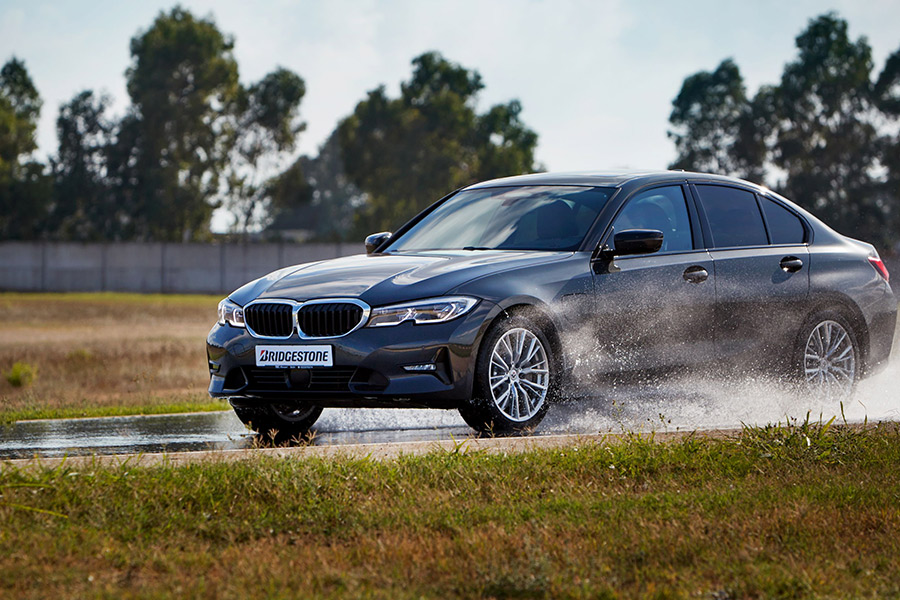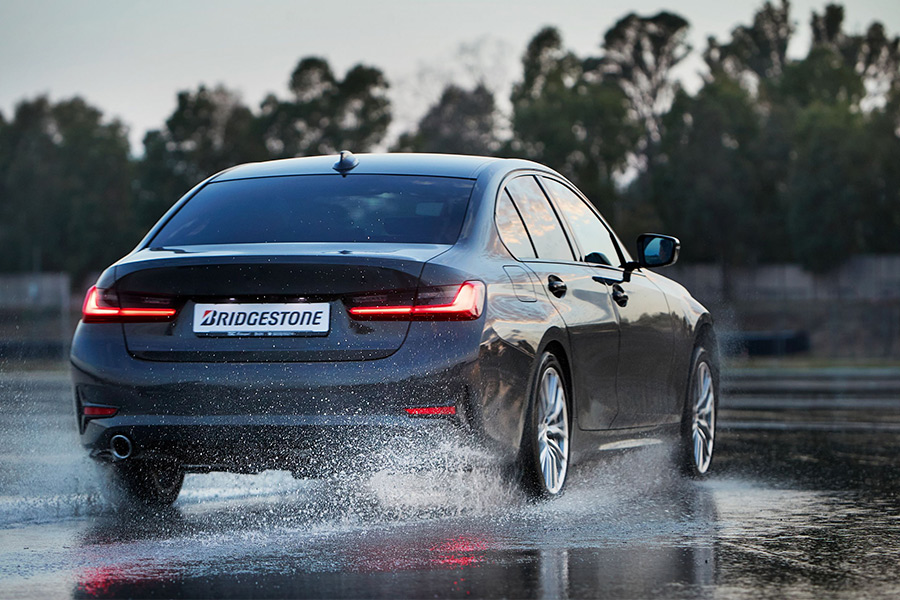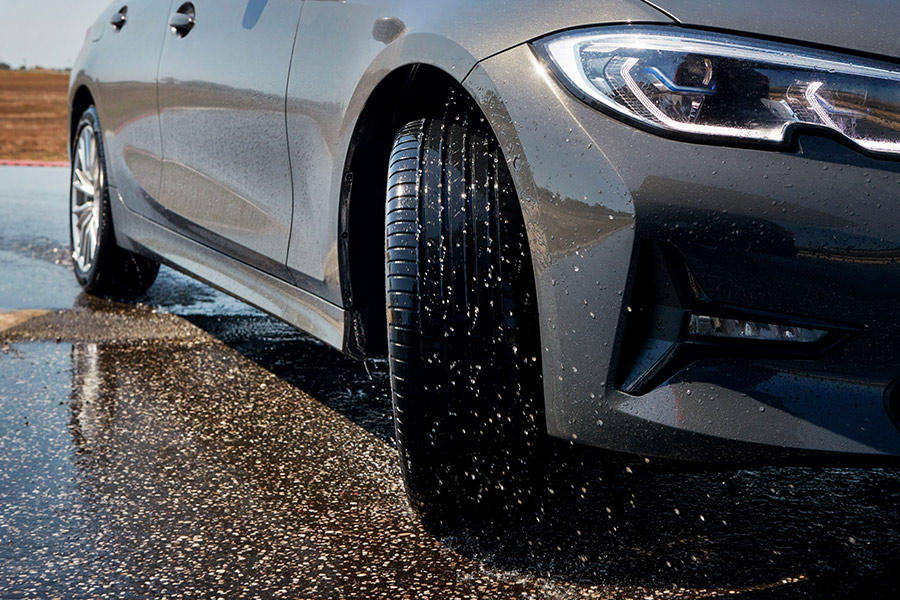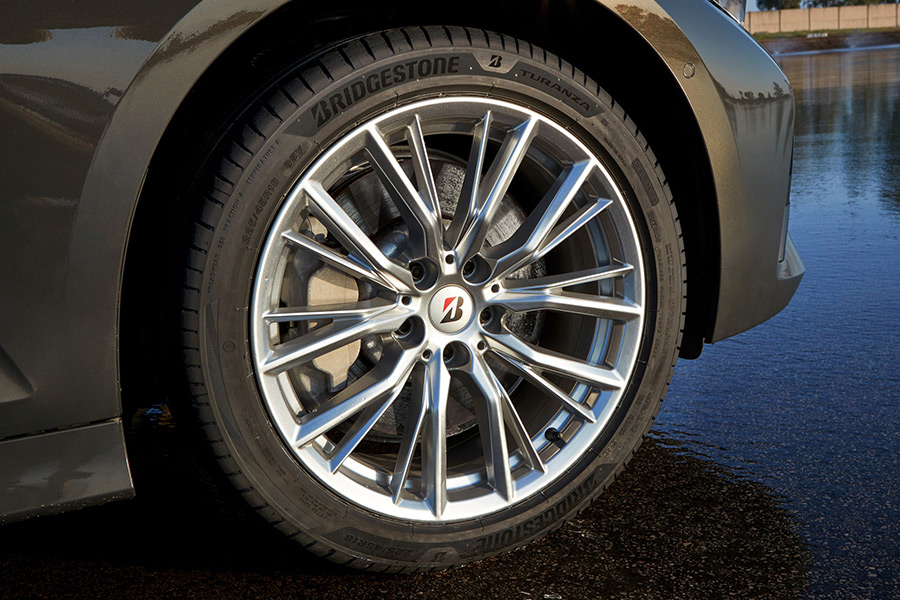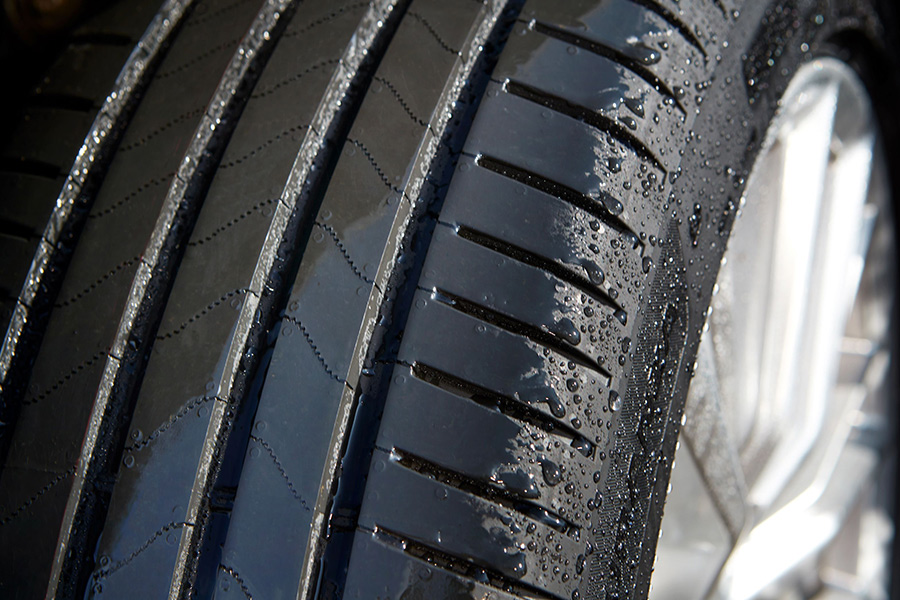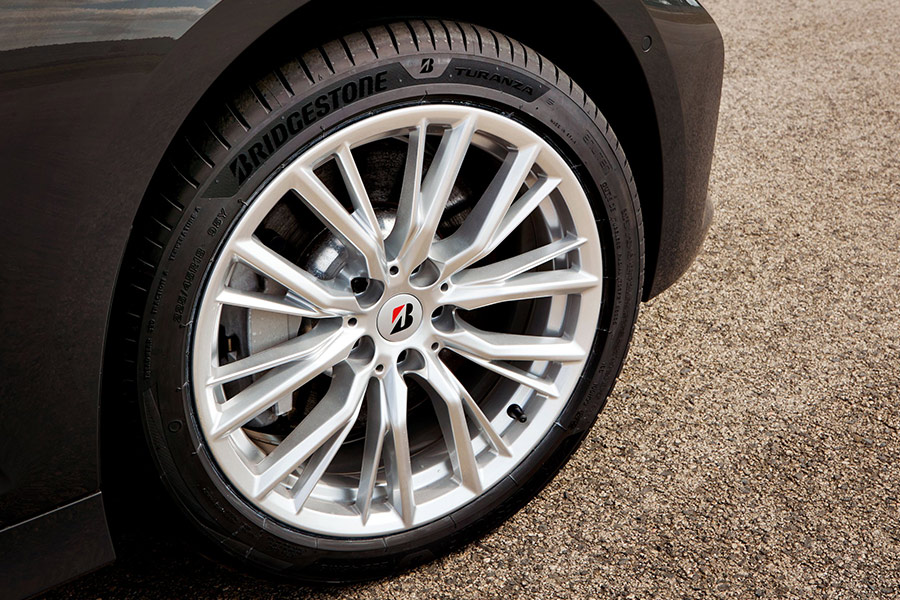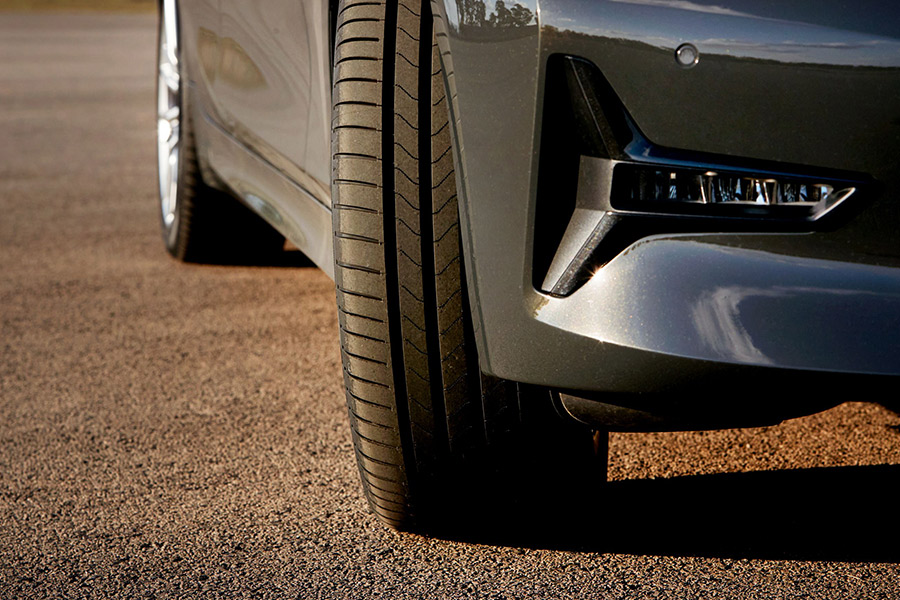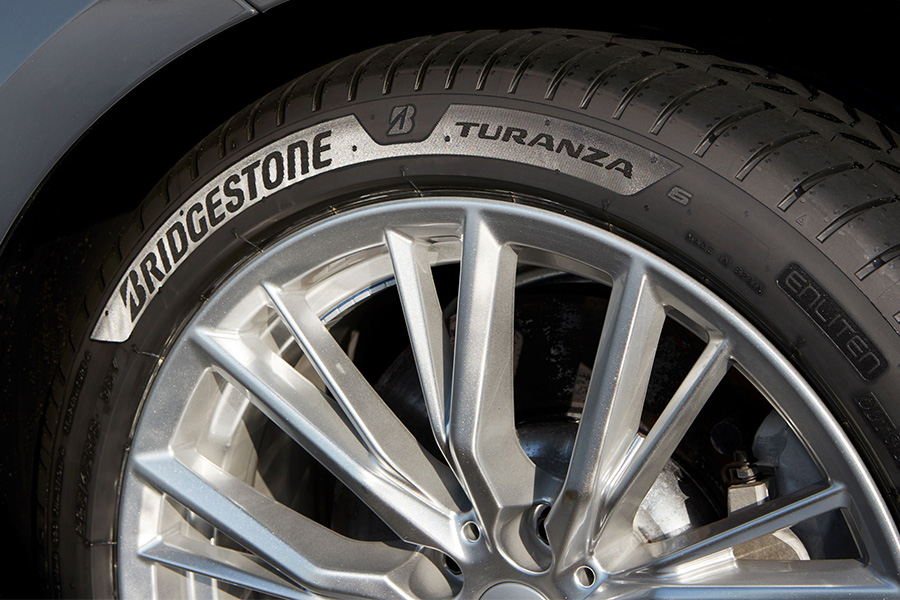
You’ve probably heard it a million times: tyres are the most important part of your car, and its most crucial maintenance item.
As the major contact patch between yourself and the road underneath, tyres are critical to occupant safety and make a huge difference in vehicle performance and efficiency.
Still, though, with tyres generally only thought about right at the time of their replacement – sometimes following a frustrating update from a mechanic or a failed pink slip – affordability, not performance, is often top of mind when it comes time to buy.
But are premium tyres really worth it, and do the real-world differences between them and a budget option justify their extra cost?
Invited by Bridgestone Australia to test its new premium Turanza 6 tyre, we set about to answer just that, by pushing both a premium tyre and a budget alternative to their limits on the safety of a closed circuit.
Choosing the ‘right’ tyre can depend on the purpose of its application – be it all-out grip for a performance car, improved rolling resistance for an economy or electric car, off-road traction for a 4WD, or any other performance consideration – however there are some attributes that should be seen universally.
The ability to provide predictable grip in myriad weather conditions and disperse water from a wet road should be paramount for any tyre. Beyond this, how quickly the tyre wears, how much noise it produces and having low rolling resistance (to reduce consumption) are all important factors.
Ideally, a like-for-like tyre will be fitted when it’s time for replacement.

A lot more engineering and finessing goes into the design and manufacturing of high-quality tyres than the average motorist likely realises. In this complexity is where two different companies’ varying expertise and facilities can lead to a big difference in the quality of a tyre.
While there isn’t a clear-cut definition for what makes a tyre premium, we’d consider it to involve the implementation of tried and tested research and development, an ‘above and beyond’ level of quality control and assurance during manufacturing, and the use of top-tier materials. With these, inevitably, comes a premium price.
A combination of the above is what separates budget and premium tyres, with uprated technology and materials, additionally complicated tread patterns to eke out the final margins of performance, and higher quality control during manufacturing.
We got to see and feel this first-hand while testing the Bridgestone Turanza 6 – a premium offering within the brand’s Turanza line-up – against a budget alternative.
Over a soaking wet short closed course – made up of an acceleration zone, a slalom, a wide turn and braking zone – the difference between the premium tyre and budget alternative was appreciable.
With the budget tyre-fitted car, we managed a PB of 16.1 seconds. The premium tyre bested this easily with a time of 14.9 seconds – a reduction of 8 per cent.
But it’s not about speed; these figures are the result of the premium tyre providing more grip while cornering a braking, sharper turn-in, and more predictability and feedback to a driver at their limit. These exact same things can be the difference between a close call and a serious accident out on the road.
The same was evidenced in a braking test from 80km/h, where the premium tyre pulled up more than an entire car’s length before the budget tyre came to a rest. Again, this kind of variance in performance can be the difference between a sigh of relief and a tragedy.
On-road, the Turanza displayed quietness and smoothness in all conditions, providing good turn-in and feedback for a overall confident driving experience.
Due to its rigid construction, rolling resistance is low, with Bridgestone claiming the Turanza 6 is also suitable for electric vehicles (where minimising drag and maximising range is paramount). All well and good, however this stiffness means all road imperfections make their way through to some degree.
Thankfully, the Turanza 6 deforms well over larger road imperfections, meaning it soaks up potholes so the spines of drivers and occupants don’t have to. It’s a feat for a tyre to provide the level of feedback the Turanza 6 does while also cushioning drivers when necessary.
On-track, we found grip is more than adequate for a tyre in its class, with breakaway (the point at which the tyres lose traction) arriving smoothly and predictably in both wet and dry conditions.
